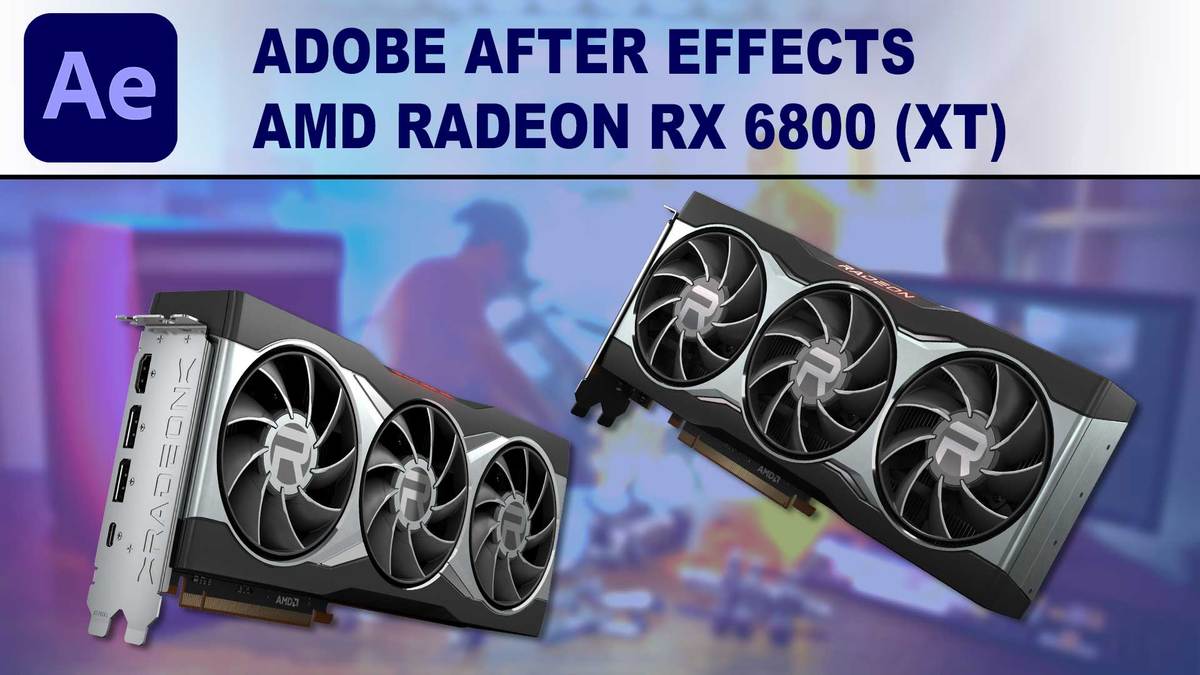The number of GPU accelerated effects in After Effects has increased in recent years, but it continues to be an application that is primarily CPU bottlenecked. With the launch of the GeForce RTX 3060 Ti 8GB, NVIDIA is finally at the end of their 3 month rolling launch of the GeForce 30 series cards. Will this new card continue the trend of NVIDIA dominance in After Effects?














